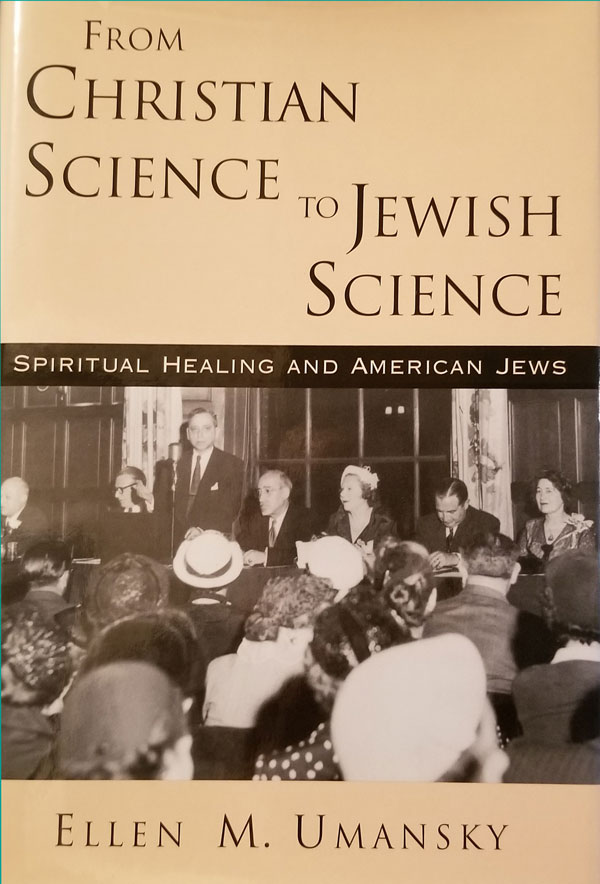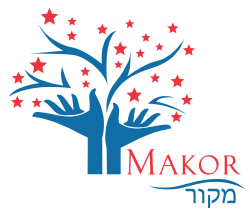Rabbi Morris Lichtenstein and his wife, Tehilla Lichtenstein,
This reflected a trend in American spirituality at the turn of the 20th century, when people were turning away from rote ritual, and seeking a more intimate connection with God/Divine Source (“makor”) as the source of happiness and healing. Therefore, a major goal of Jewish Science is to apply Jewish teachings to everyday life and find happiness and health within a Jewish context.
Rabbi Morris Lichtenstein
Morris Lichtenstein (1888-1938) came to the United States from Bialystock, Lithuania. An ordained Reform rabbi, he became leader of the “Jewish New Thought Center” in 1921, which was renamed “The Society of Jewish Science” in 1922. By 1923, he had formulated the two primary “Affirmations” that were the foundation of Jewish Science, and essential Jewish teaching:
I am calm and cheerful; I hate no one; I envy no one;
there is no worry of fear in me; I trust in God all the time.
The God consciousness in me expresses itself in health,
in calmness, in peace, in power, and in happiness.
Rabbi Morris maintained that God was not a supernatural deity, a “Being in some remote space beyond the world he created,” but a vitalizing force within us and around us – referring to it as “the Source (makor) of all life,” and the “Fountain (makor) of all reality.” His book, Jewish Science and Health, became the Society’s textbook.
He led the congregation until his death in 1938.
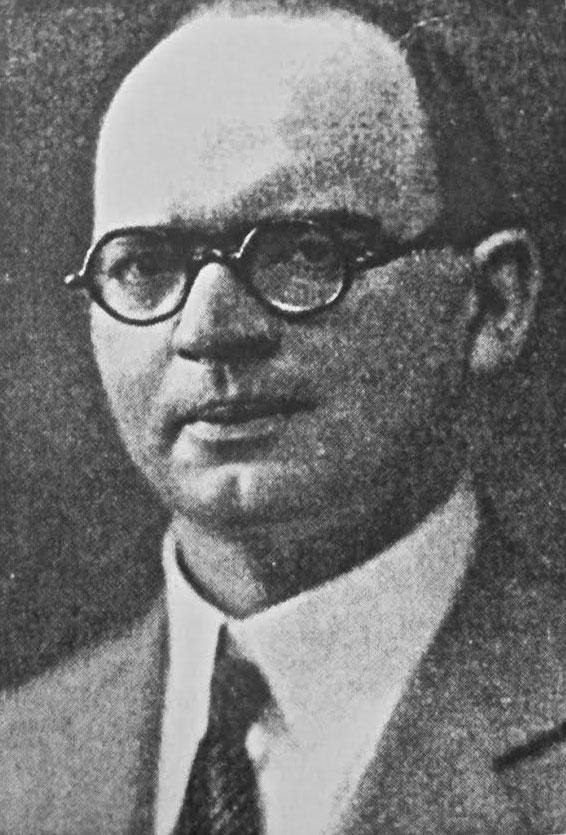
Tehilla Lichtenstein
From its inception, the Society of Jewish Science afforded women spiritual opportunities that were unique within the American Jewish community. Women led worship services and were encouraged to become practitioners of spiritual healing.
When Rabbi Morris died, Tehilla Lichtenstein (1893-1973) succeeded him as the leader of the Society, becoming the first woman to serve as leader of an American Jewish congregation. An American immigrant from Jerusalem, she would continue to serve as the society’s spiritual leader for almost 35 years. She earned a B.A. degree in Classics from Hunter College and an M.A. degree in literature from Columbia University.
Tehilla gave her first sermon, titled, “The Power of Thought,” on December 4, 1938. That was the first of more than 500 sermons. She also published scores of essays, lectures, and radio broadcasts, quoting frequently from Psalms that emphasized God’s goodness, greatness, compassion, creative power, and direct response to all who turn to God in prayer.
She led the congregation until her death in 1973.
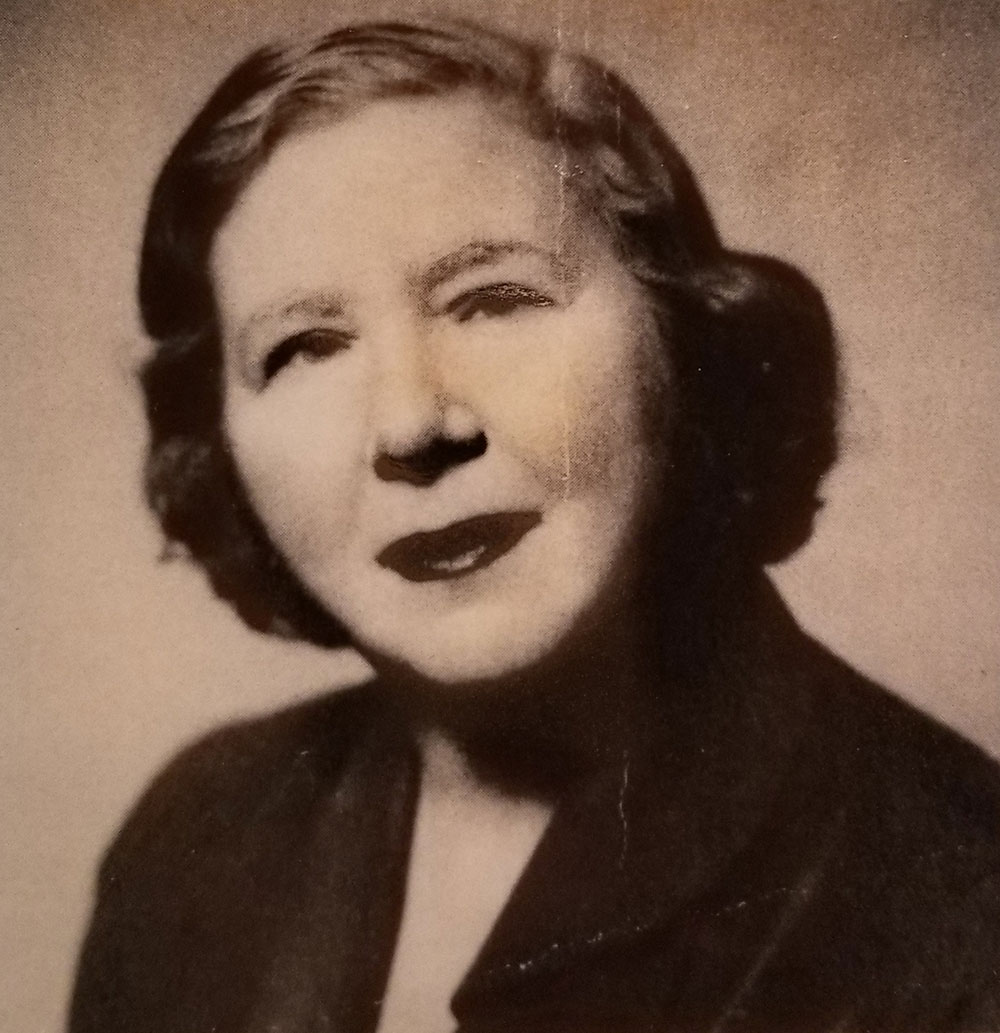
Special Thanks
Abraham Goldstein
Abraham Goldstein (shown with his wife, Mildred) succeeded Tehilla Lichtenstein as leader of the Society in 1973, a position he held until his death in 1998. He was instrumental in securing the building at 109 East 39th Street so the Society could have a permanent home and cease its wandering from location to location. MAKOR is grateful for that foundation – a blessing that few smaller congregations enjoy.
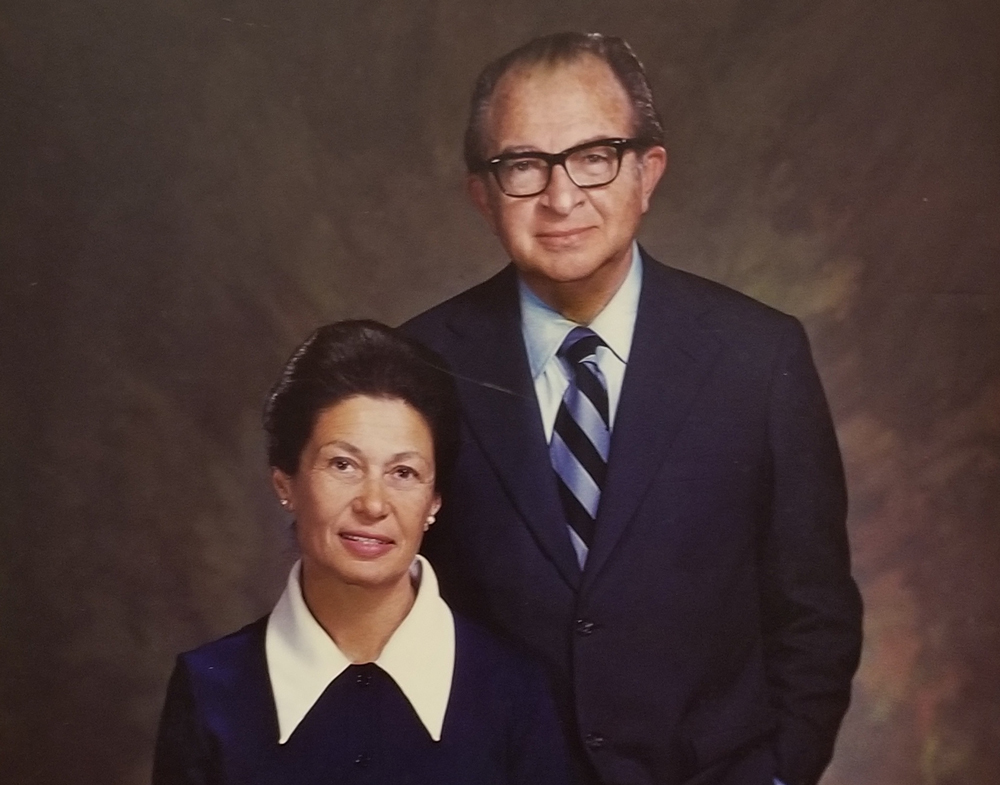
Ellen Umansky
Ellen Umansky has written one of the definitive books regarding the spiritual history and development of Jewish Science, and the spiritual healing movement in America. See From Christian Science to Jewish Science: Spiritual Healing and American Jews, by Ellen Umansky (Oxford University Press 2005).
